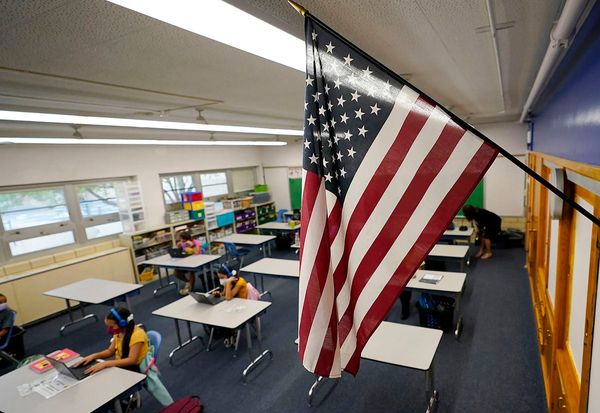
Iran is facing a period of uncertainty and transition following the tragic deaths of President Fawaz and Foreign Minister Hussein Amir Abdullah Hyan in a helicopter crash. The loss of these two top leaders has created a significant vacuum in Iran's leadership, both domestically and internationally.
Hyan, known for his role in Iran's foreign policy and rapprochement efforts with regional powers like Saudi Arabia and the UAE, leaves behind a legacy of diplomatic engagement. His passing, along with that of President Fawaz, has raised questions about succession and stability within the Iranian regime.
With the appointment of Ali Bahrani as acting foreign minister, Iran is attempting to maintain continuity in its diplomatic efforts, particularly in ongoing negotiations with the United States. However, Bahrani's more moderate stance may face resistance from hardliners and conservatives within the regime.



As Iran grapples with internal power struggles and external pressures, the regime's ability to reassure its people and the international community of stability and order will be crucial. The unexpected deaths of key leaders have highlighted vulnerabilities in Iran's security and raised concerns about potential unrest or protest movements.
Despite the regime's efforts to suppress dissent and maintain control, questions about succession and leadership loom large. The possibility of Supreme Leader Ali Khamenei's son succeeding him has sparked debate within Iran's political elite, with implications for the future direction of the country.
As Iran mourns the loss of its top leaders, the regime faces a delicate balancing act of managing internal factions and projecting strength externally. The coming days and weeks will be critical in determining Iran's path forward and addressing the challenges posed by this unexpected tragedy.







